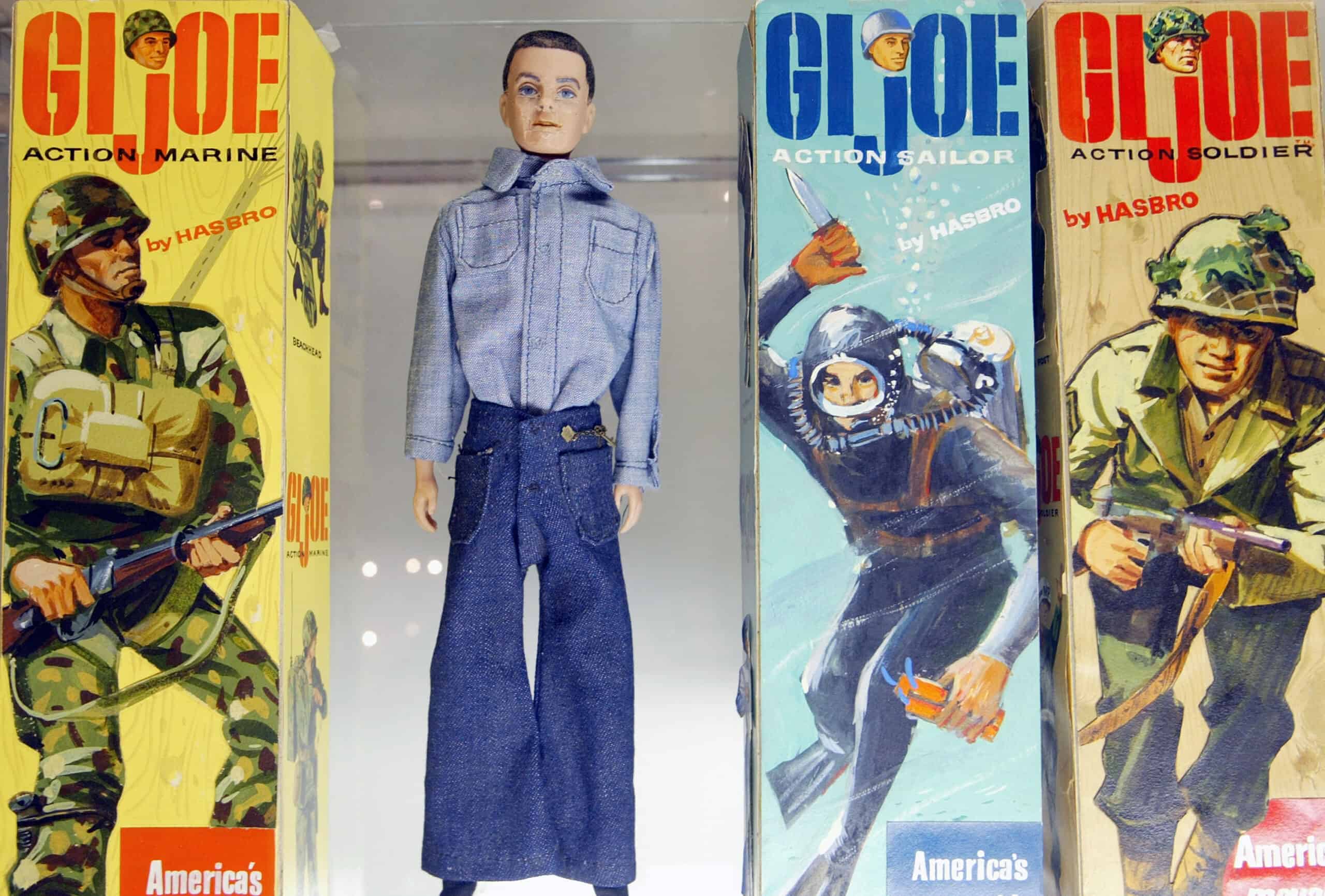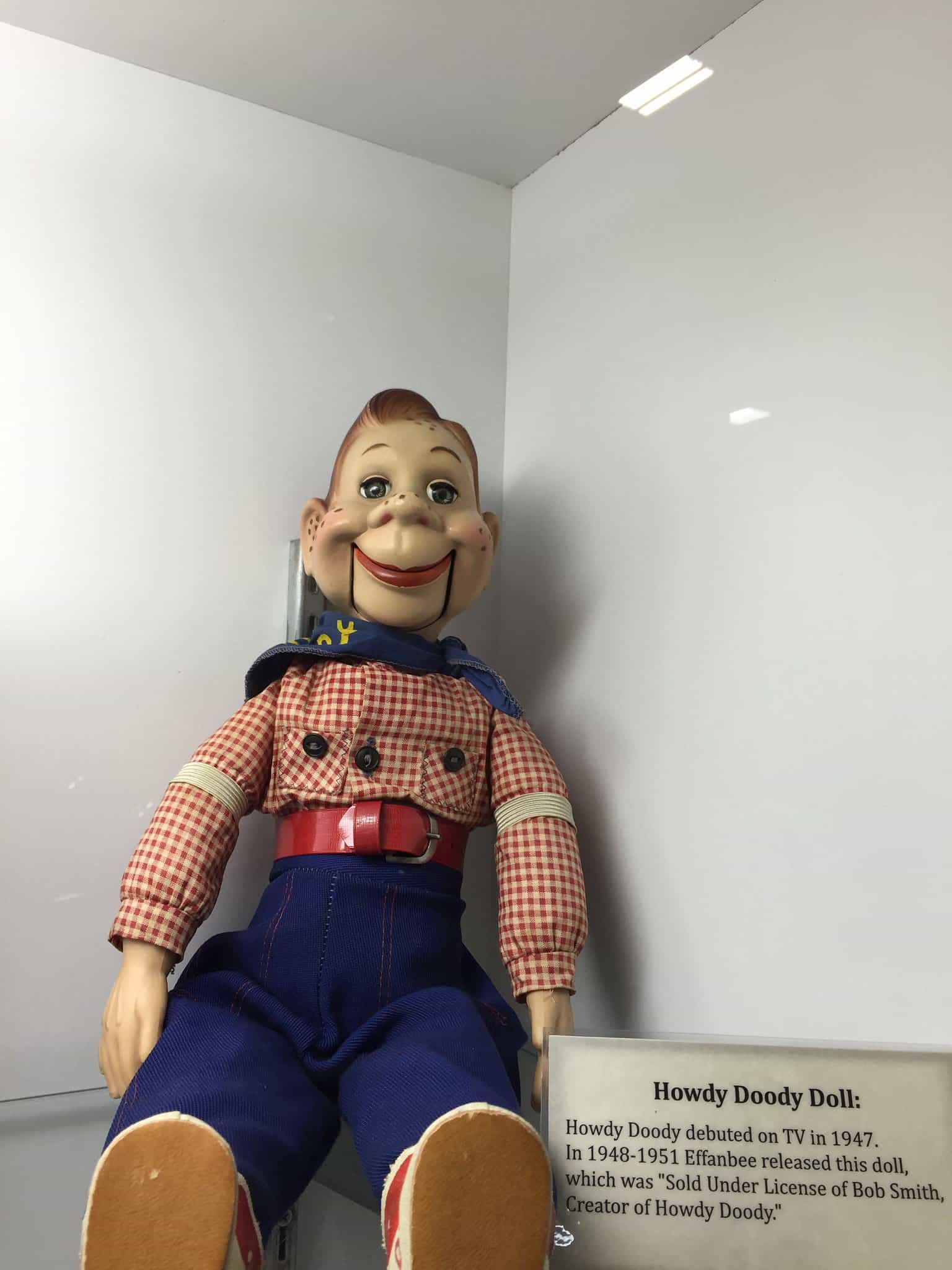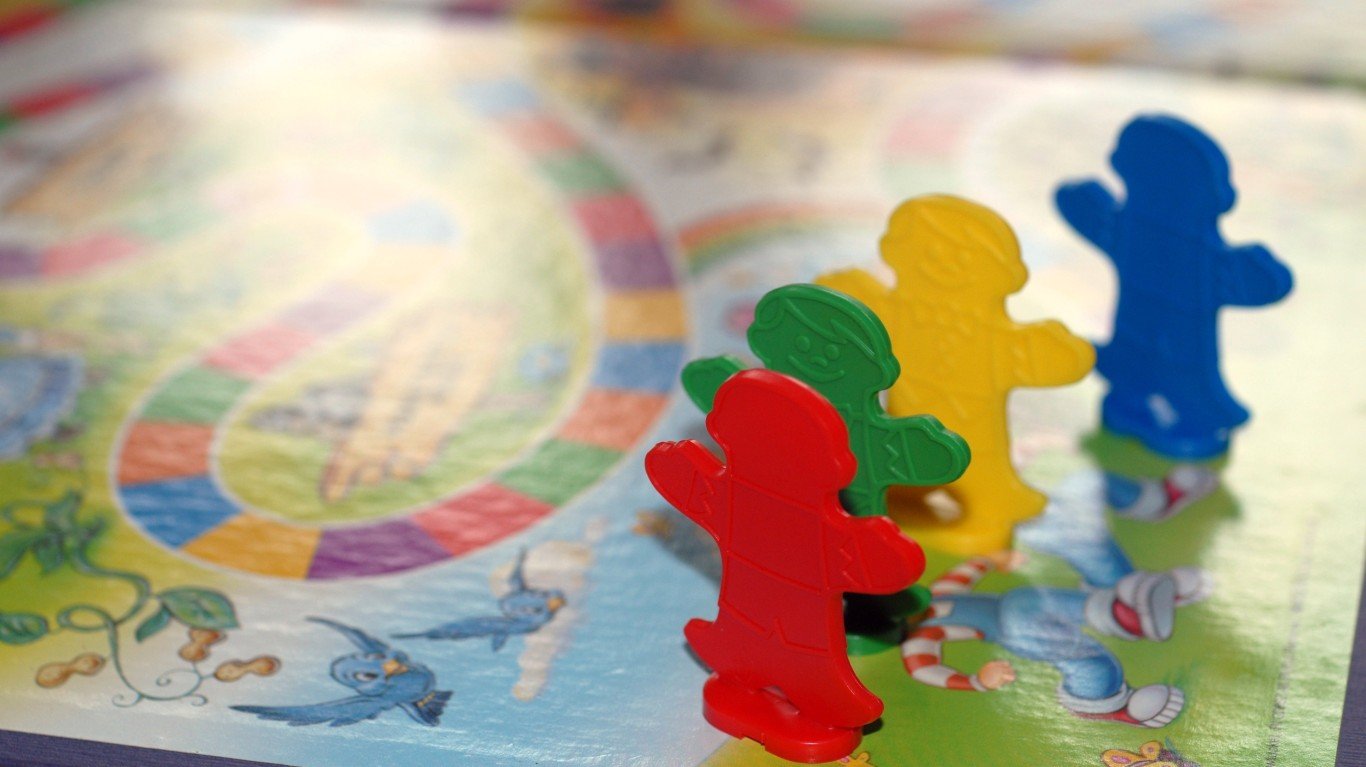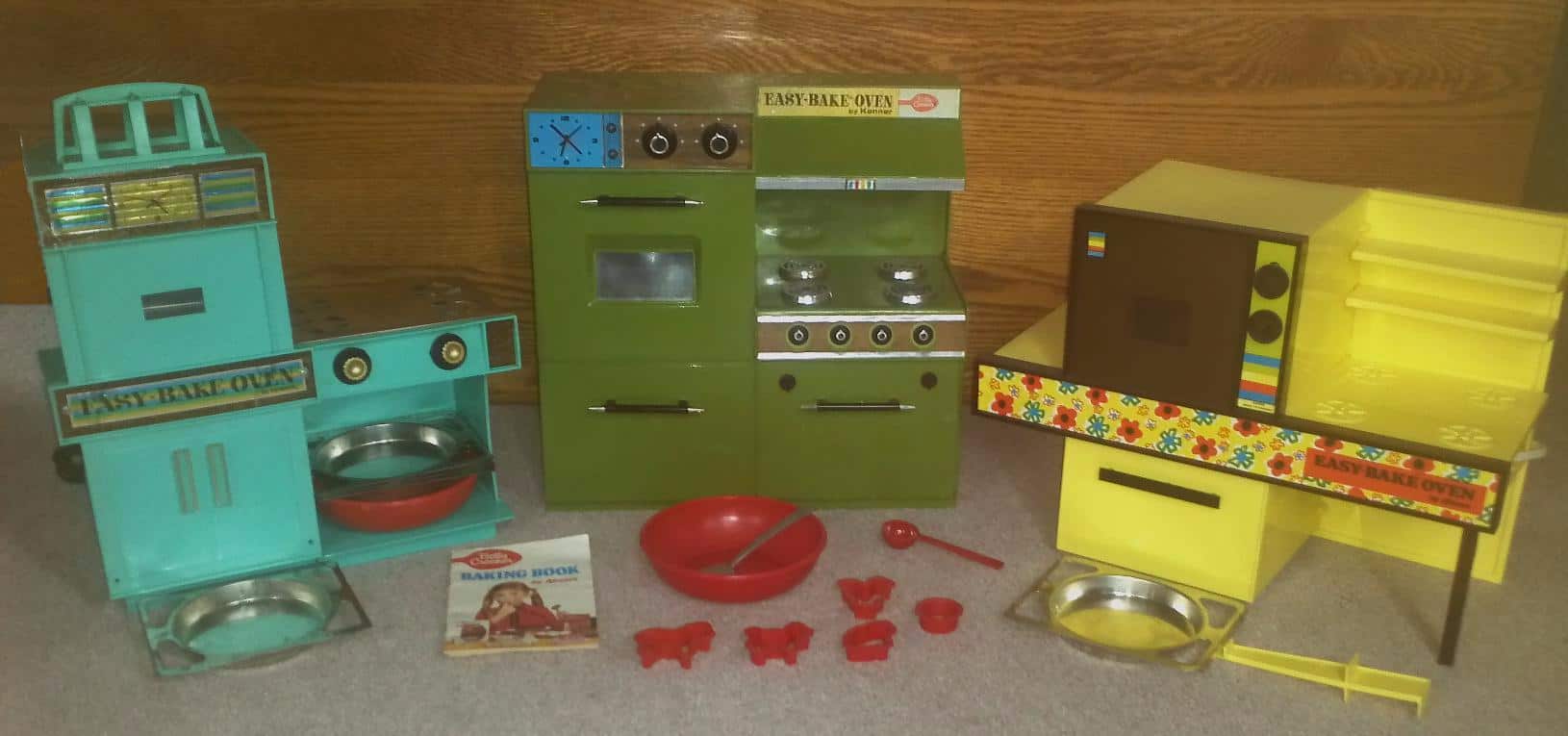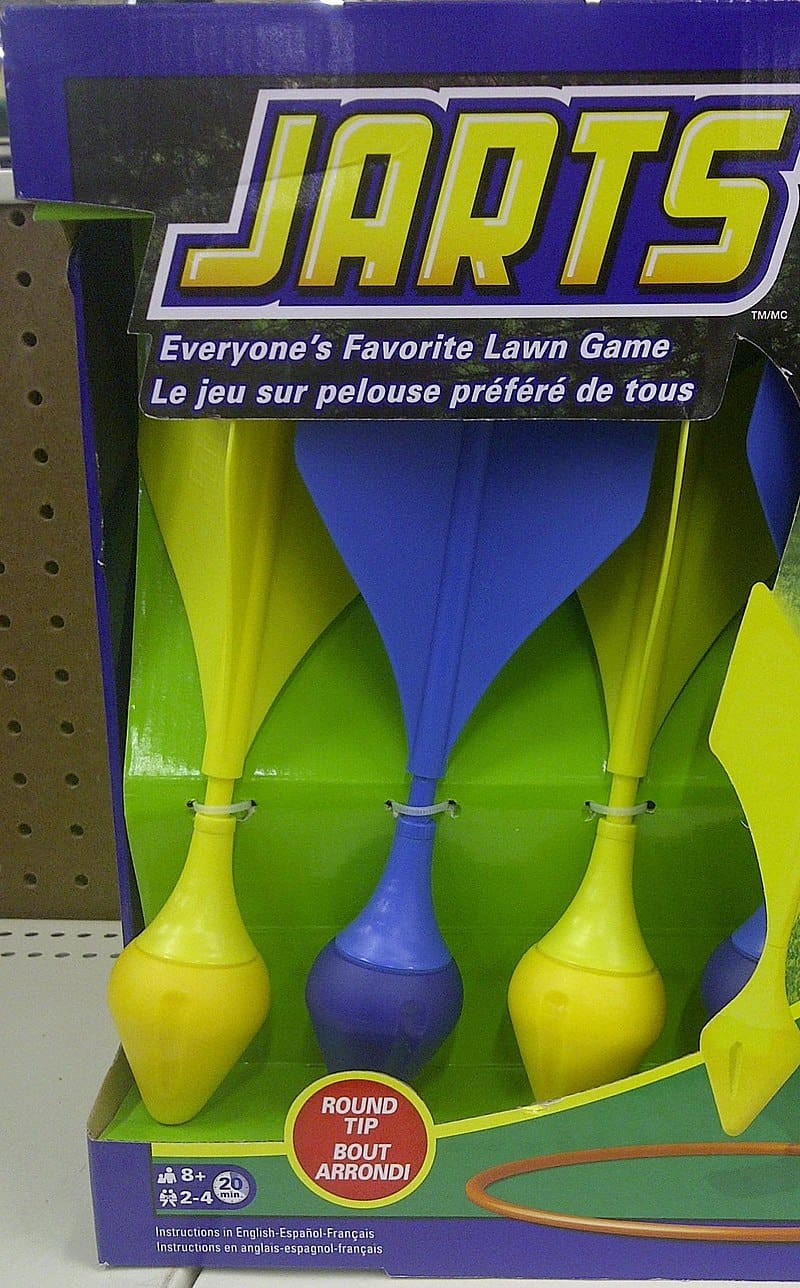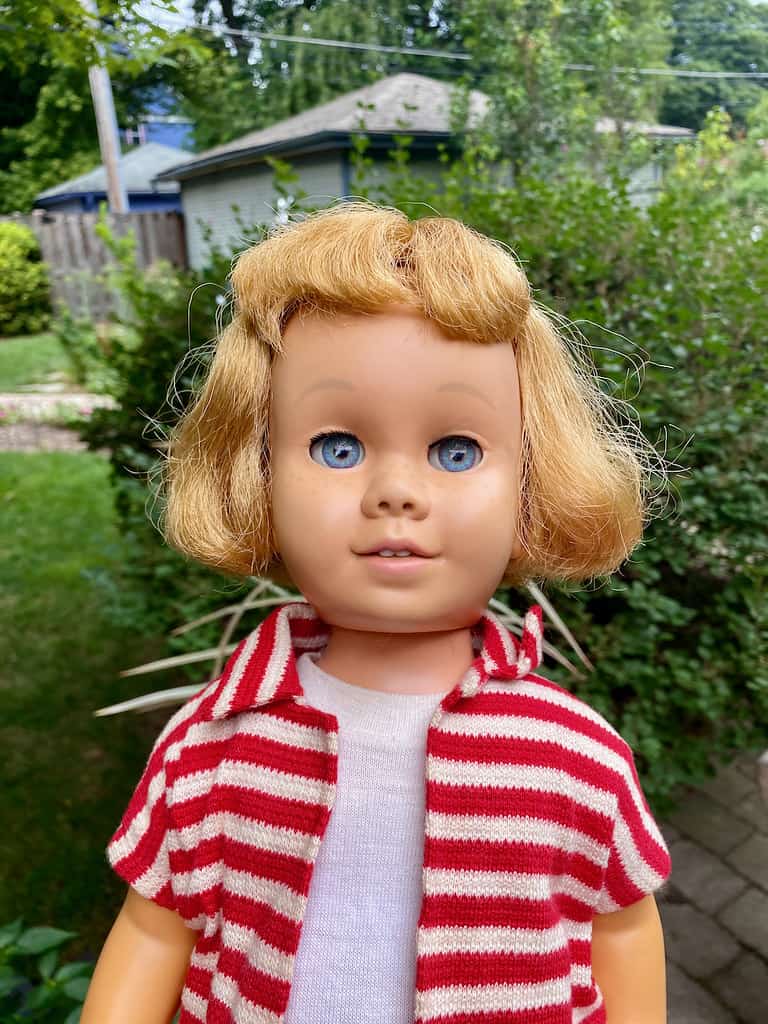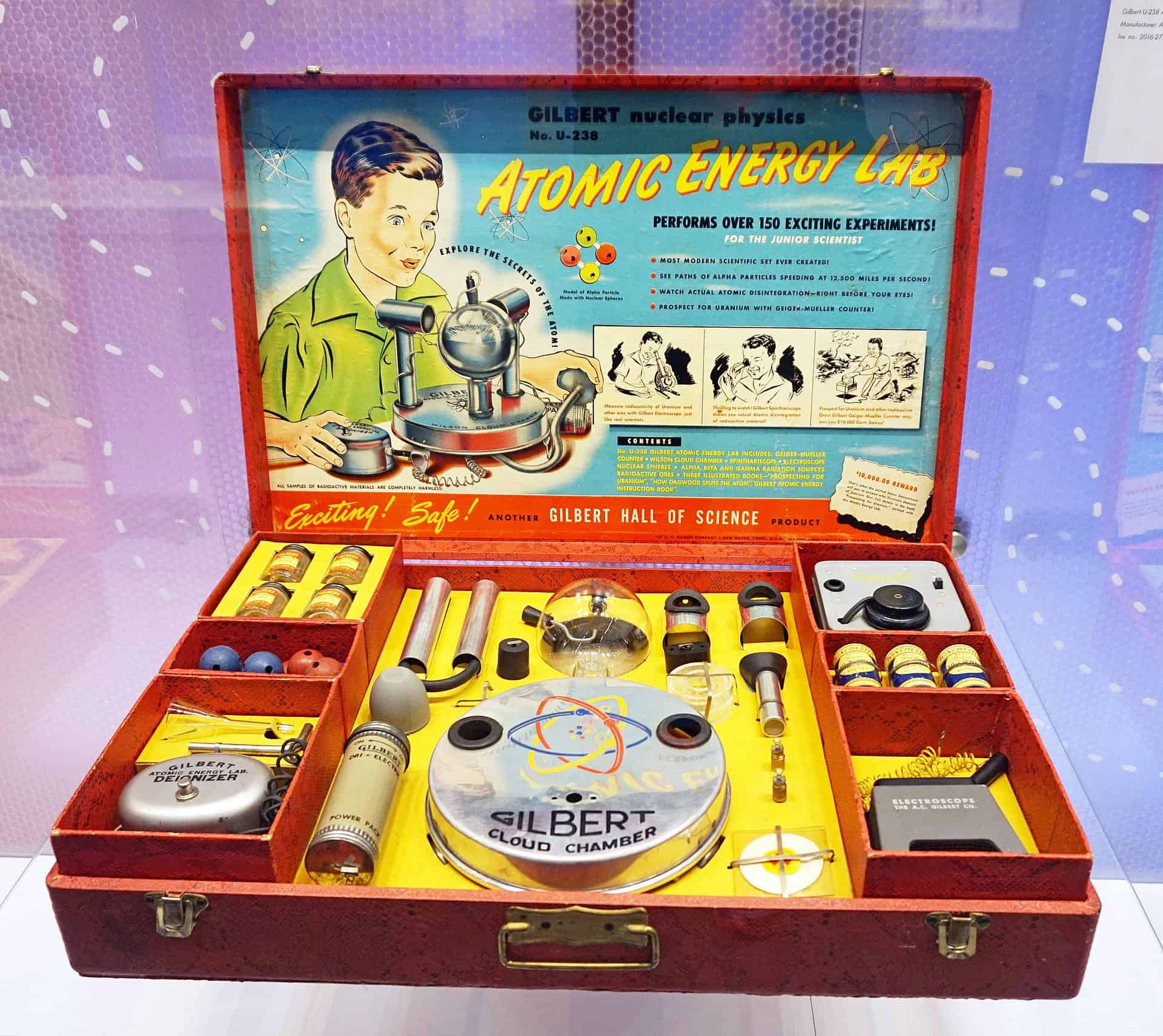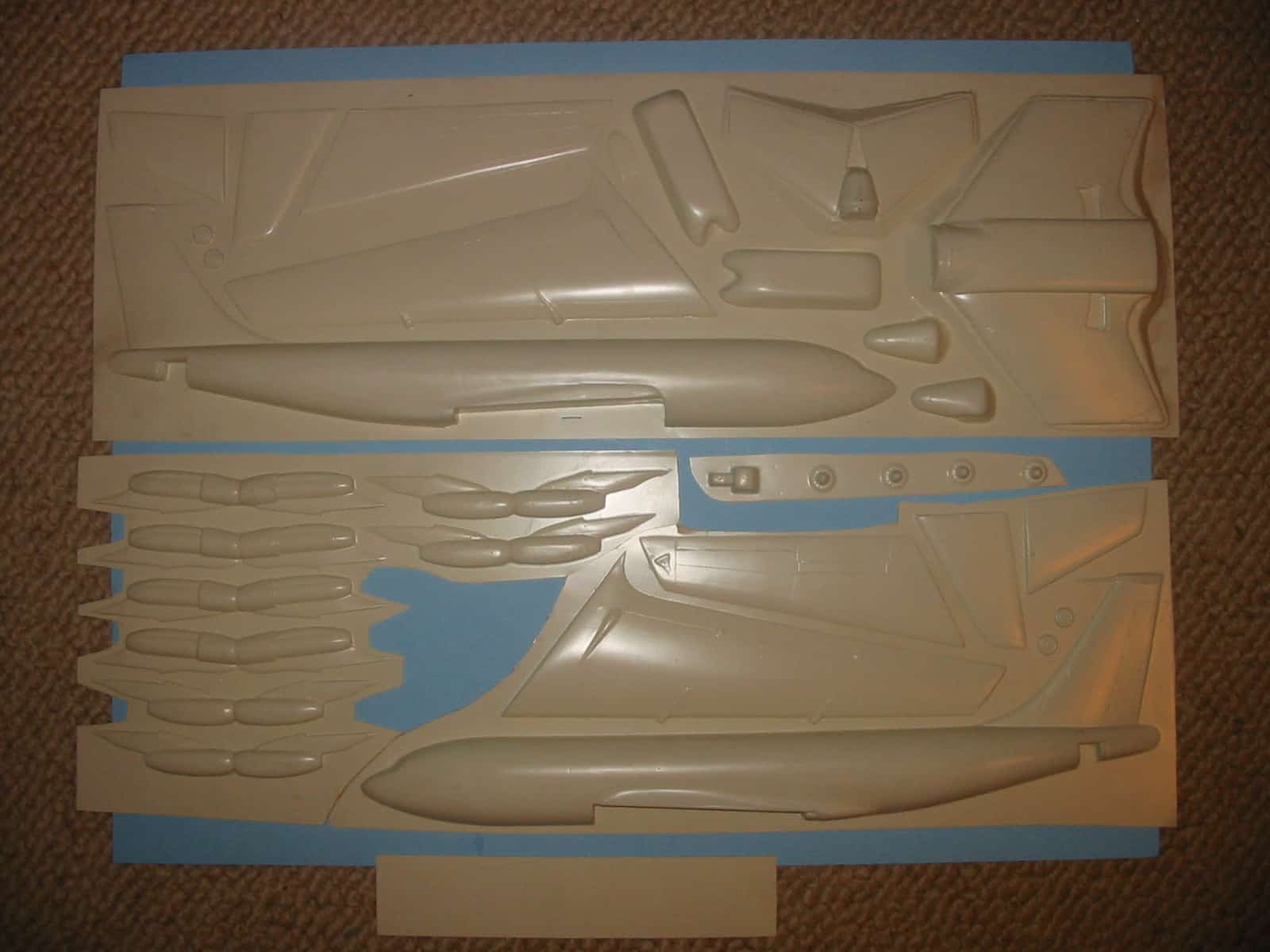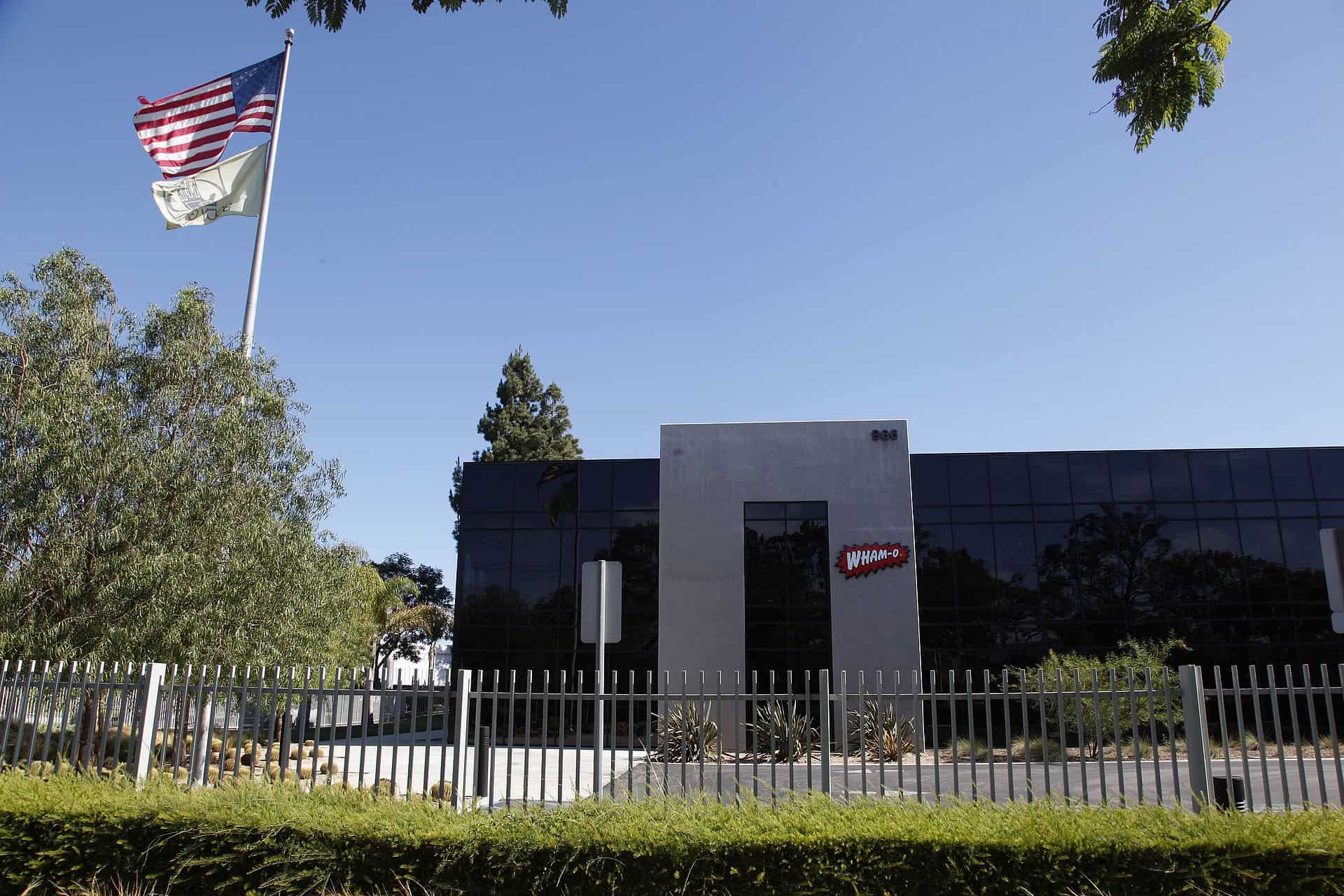If you want to learn about the best toys ever made, speak to someone from the baby boomer generation. Baby boomers are folks born between the end of World War II and the mid-60s. To put a date on it, it’s typically those born anywhere from 1946 to 1964. Many of the toys back then were made by hand, so they were high quality and a lot of fun. Some of them were also a bit dangerous compared to today’s standards. Kids born today will never understand how great things were then.
To get you up to date, we’re going to talk about the toys only baby boomers remember. These are the board games, backyard toys, action figures, and hand-held toys that defined a generation and are still remembered fondly today.
To determine many of the toys only baby boomers remember, 24/7 Tempo spoke to folks who were kids during that time, and we scoured the web for the most memorable toys. We checked out sources, including AARP, Britannica, and various educational sources, to get the best information and fun facts for your entertainment. If you want to learn about more old-school trends, you can also check out our list of fashion trends from the 60s that should come back.
Howdy Doody Dolls
- Maker: Bob Smith
- Introduced: 1947
Howdy Doody began as a character on the show “Puppet Playhouse,” but after almost immediate fame, the puppet received his own TV series. The program was very popular, and Howdy Doody became a household name. Since he was already a puppet, it was easy to turn him into a children’s toy, and many youngsters owned a Howdy Doody doll during the 1950s and beyond. It wasn’t uncommon to find one in many households during that time, and that’s why the doll is remembered so fondly.
Pet Rock
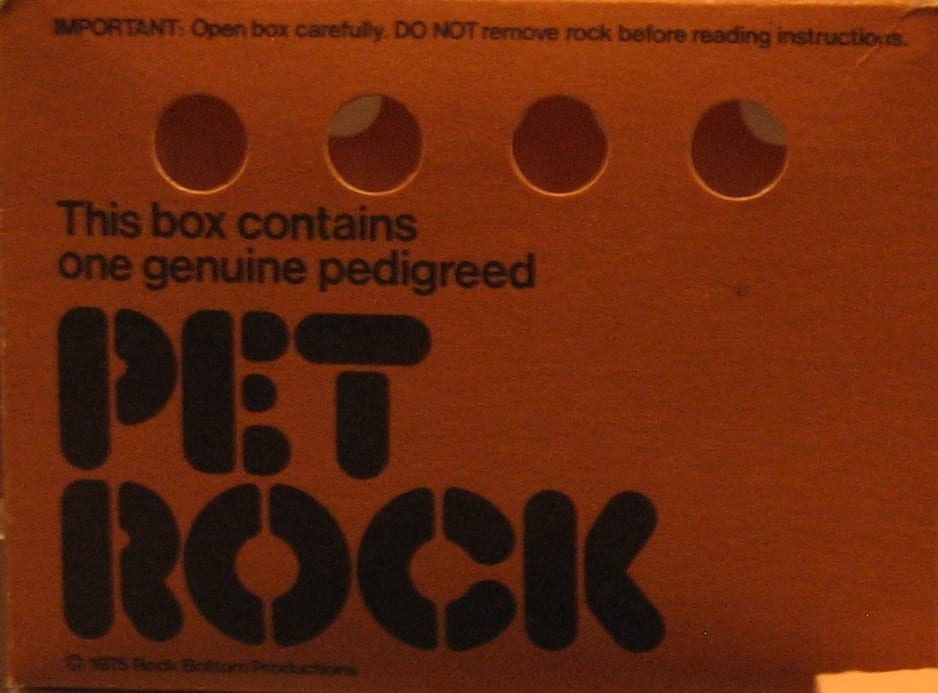
The Pet Rock Pet Carrier, which doubled as its packaging.
- Maker: Gary Dahl
- Introduced: 1975
Baby boomers born in the 50s and 60s likely remember seeing or owning a pet rock. This was the brainchild of advertising executive Gary Dahl, who thought it would be clever to make a rock seem like a living, breathing pet. People who bought a pet rock would get it in a cardboard box that came with ventilation holes and stray bedding so that the rock could be safe and comfortable. The pet rock even came with a 32-page instruction manual that advised buyers how to care for their new pet, but it was mostly comedic in nature.
This was a relatively short fad, lasting only about six months. However, one of those months was December, and so a lot of them were sold during the Christmas season. Towards the beginning of 1976, the rocks had to be discounted in most stores due to a lack of interest.
Candy Land
- Maker: Milton Bradley
- Introduced: 1948
One of the hit games of the time was Candy Land, which first came out in 1948. The idea behind it was that anyone could play. Players need very limited reading and counting skills to enjoy the game. Instead, you just go to the color on your card. The game was designed by Eleanor Abbott as she was recovering from polio in a hospital. She tested the game with the other patients in the ward. She then submitted it to toy company Milton Bradley, and the rest is history. Back then, it was Milton Bradley’s best-selling game, and that’s why so many baby boomers still love it today. Over time, the game has changed, and it’s been updated, which is why kids still play it today. But they’ll never know it like it was back then.
Easy-Bake Oven
- Maker: Kenner
- Introduced: 1963
The Easy-Bake Oven is another of the great toys only baby boomers remember because it introduced a whole generation of kids to pastry creation. This small “oven” came with round pans and packets of cake mix. To “bake” the treat, the oven used standard incandescent light bulbs. It wasn’t meant to make a comprehensive desert. Instead, it was a fun little toy that allowed young baby boomers to make treats for their family and friends. In 1969, a premier model was released that came in avocado green, and that’s the one that most people remember today.
In recent years, a new company, Hasbro, has taken over the production of the Easy-Bake Oven. Today, it uses a true heating element, so it’s still a toy, but it’s more like a real oven. However, baby boomers will always adore the original version.
Lawn Darts
- Maker: Lawrence Barnett
- Introduced: 1950s
Also known as Jarts, lawn darts were part of a yard game where players threw darts and attempted to hit targets. Two players take turns and try to get the most points. The darts were about 12 inches long and had a weighted metal point. As the description shows, it didn’t take long for people to realize how dangerous the darts could be. People have different arm strengths and throwing styles, so it was hard to determine where a thrown dart would land.
Due to that and the sharp point, it was only a matter of time before the darts were deemed dangerous. In fact, not long after their introduction, there were thousands of injuries, and at least three children were killed due to the use of lawn darts. Due to safety concerns, the sale of lawn darts was prohibited in the United States and Canada, and so the memory died with the baby boomers.
Roller Skates
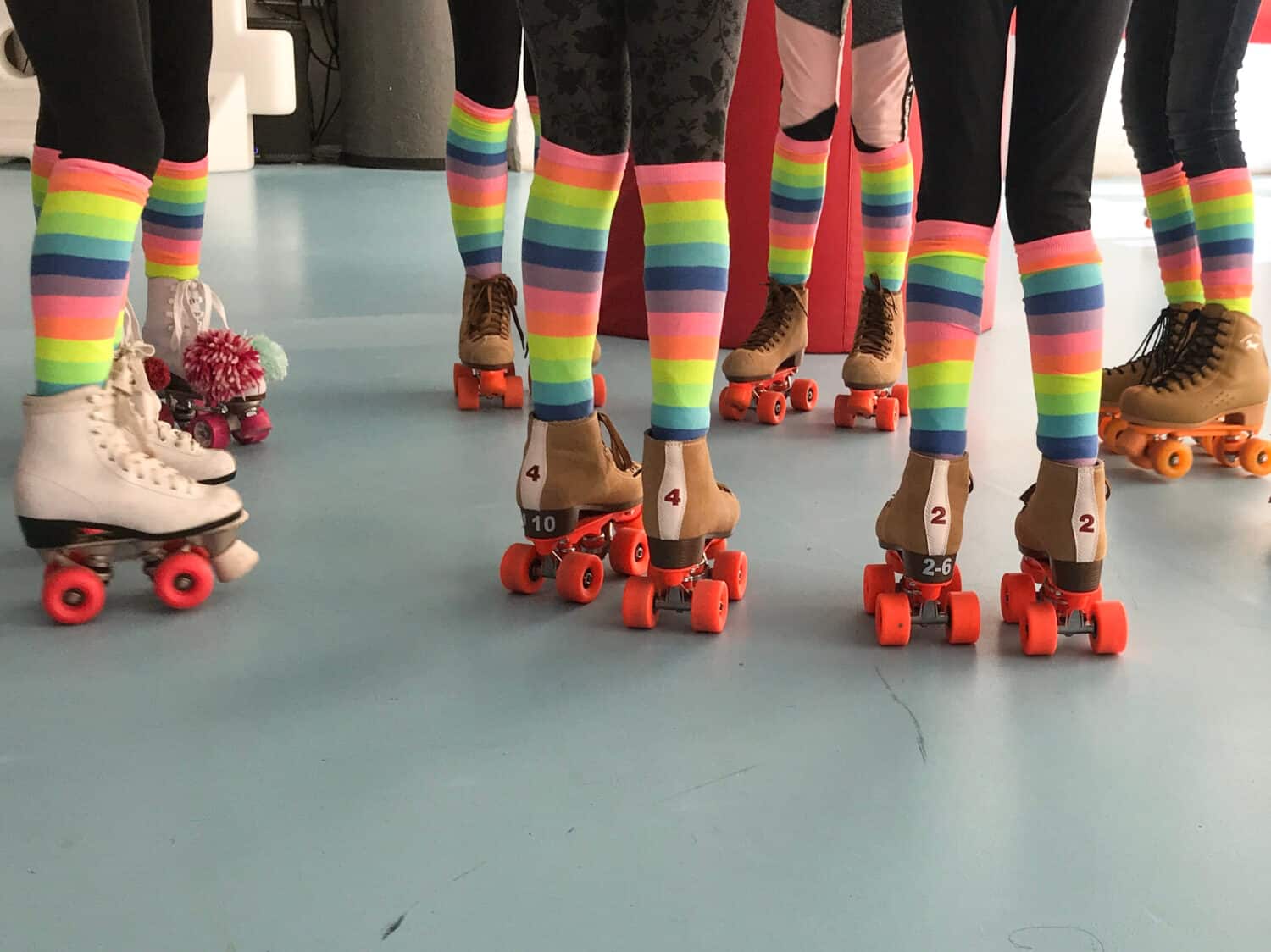
- Maker: Various
- Introduced: 1760
Technically, roller skates were invented back in 1760 by John Joseph Merlin from Belgium. However, that was a very early prototype that was tough to steer and use. While they were around for a while, roller skates really gained popularity during the 1950s and 1960s. A lot of that was due to the rise of dance halls and discos. Many baby boomers loved to zip around during those days, and they remember them fondly. While roller skates are still sold, many people these days prefer roller blades, so skates remain one of the toys only baby boomers remember.
Chatty Cathy Doll
- Maker: Mattel
- Introduced: 1959
In 2024, kids can get dolls that do a number of things, from pee in a diaper to crawling around the house. However, during the baby boomer generation, technology was not as advanced. Still, they did have the Chatty Cathy Doll. As the name suggests, this was a toy that was meant to look like a five-year-old doll, and when you pulled a string on her back, she talked.
The doll could say 11 different phrases at random. They included things like “I love you” and “Please take me with you.” It was quite a marvel at the time. After 1960, the doll was sold with multiple different outfits. The toy was so popular that variations of it showed up on many different television shows, including “The Twilight Zone.” Though there are many dolls that talk today, there was nothing like the original Chatty Cathy.
Gilbert Chemistry Set and U-238 Atomic Energy Lab
- Maker: C. Gilbert Company
- Introduced: 1949
A couple of toys only baby boomers remember are chemistry and science sets that were both educational and fun. The Gilbert company was behind many of these sets. One of them, the Master Scientist’s Laboratory, included a cabinet full of chemicals and tools. There were scales, beakers, a gas generator, a thermometer, and actual chemical substances. All in all, there were 128 pieces.
Another item was the U-238 Atomic Energy Lab. For kids, this lab set was about as real as it gets. It included a cloud chamber where kids could watch the movement of alpha particles, the radioactivity of different substances, and radioactive disintegration on a fluorescent screen. The main set was $50, and it included various parts, including an electroscope, spinthariscope, nuclear spheres, and several instructional manuals. Both this and the chemistry set were like toys you’d never see today, but they were quite exciting back then.
Mystery Date Game

- Maker: Milton Bradley Company
- Introduced: 1965
Another board game that many baby boomers will remember fondly is Mystery Date, which was marketed to girls 6-14 years old. To play, 2-4 four players would go around the board while trying to assemble an outfit and try to match it to the outfit of the date at the mystery door. If properly selected, you could go on a date to one of five places, including a bowling alley, formal dance, the beach, or go skiing. However, you wanted to avoid the “dud” date. There have been some revisions of the game over the years, but it’s hard to imagine a game like this finding success these days. Still, baby boomers enjoyed it.
Sketch-O-Matic
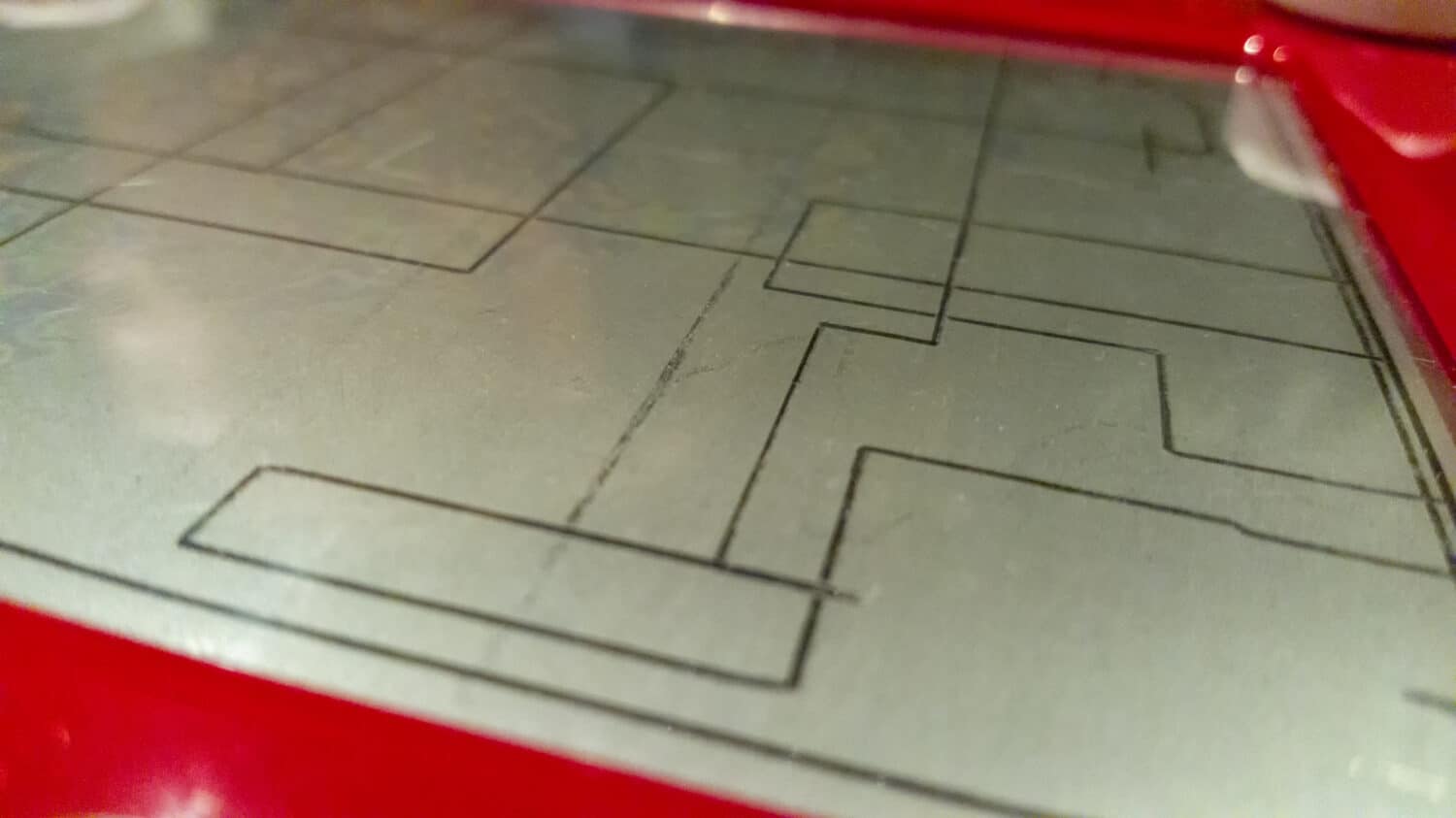
- Maker: Merit
- Introduced: 1965
Basically a precursor to the etch-o-sketch, the Sketch-O-Matic was a small device with a joystick and a screen. Baby boomer kids could use the joystick to make pictures on the screen. There were limitations, but children could use their imagination and have a blast. When they were done, they could move a plastic lever on the top of the screen to erase the picture. This was a simple toy, but there were few like it back in the day, and so it was a hit.
Vac-U-Form
- Maker: Mattel
- Introduced: 1961
These days, we have 3-D printers. To use them, you can find or design a 3D model and then use a machine with a nozzle that disperses wax or a plastic polymer to add layer by layer until your design becomes a physical item.
Baby boomers couldn’t imagine technology like that back in the 1960s. Instead, they had the Vac-U-Form. To use this, kids could put a rectangular piece of plastic into a holder and heat it over a metal plate. When the plastic was soft, it could be shaped into a pre-set mold. Kids could make toy cars, little figurines, and a variety of plastic toys. This is another toy that likely wouldn’t be available today due to safety concerns, but it was amazing back then.
G. I. Joe
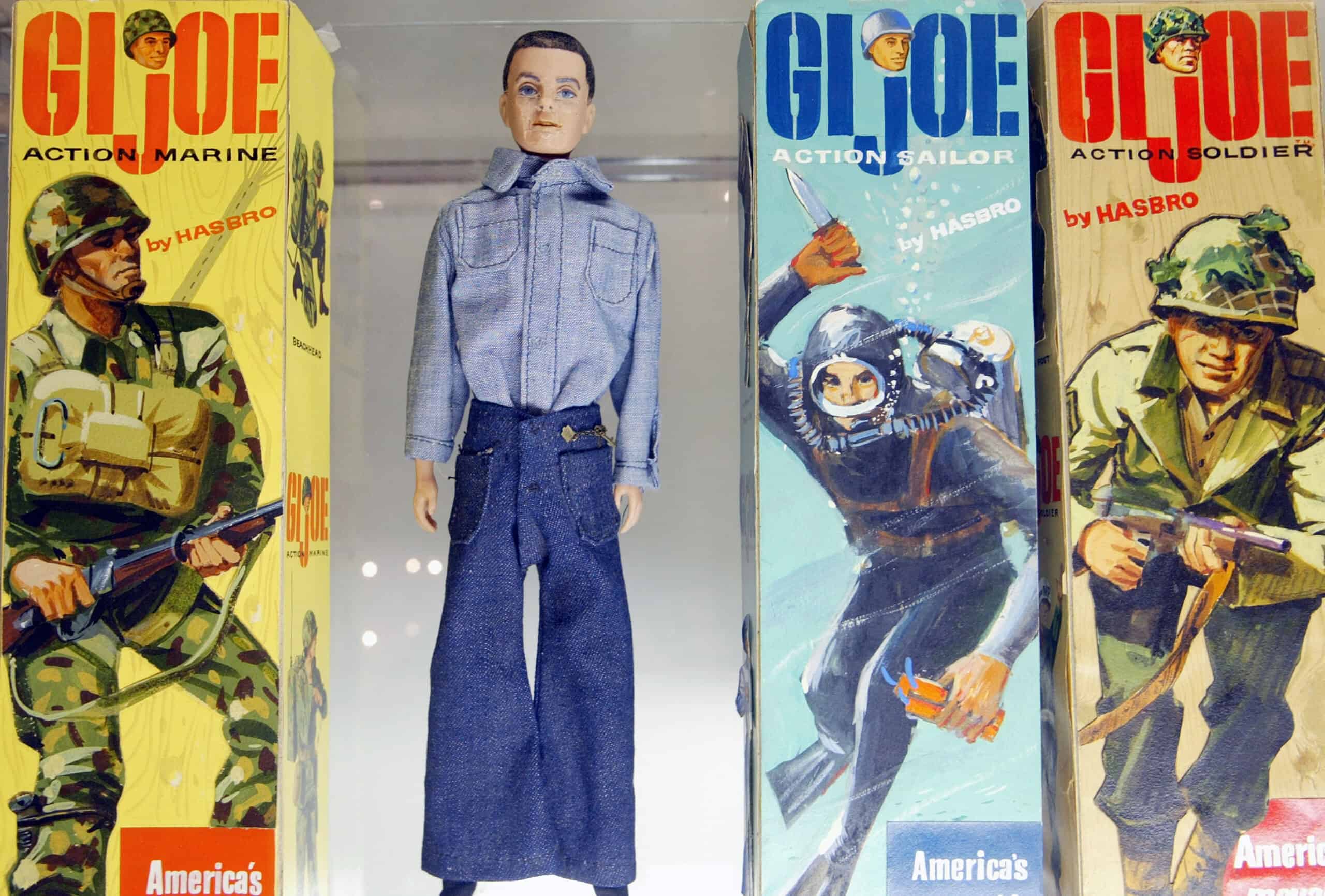
BURLINGAME, CA - JUNE 27: Vintage G.I. Joe figurers are on display at the 2003 Hasbro International G.I. Joe Collectors Convention June 27, 2003 in Burlingame, California. Hundreds of G.I. Joe fans from around the country are attending the convention to buy, sell and trade G.I. Joe and military action figures. (Photo by Justin Sullivan/Getty Images)
- Maker: Hasbro
- Introduced: 1963
The original G.I. Joe was introduced in 1963, and it was a hit. Because boys didn’t often play with dolls back in that day, G.I. Joe was called an action figure and never a doll. The name G.I. Joe refers to a type of soldier, so there were many different action figures to collect. Later on, the toy line expanded to include sports players and football figures. The toys were so beloved that they were sold all over the world. While there are still new G.I. Joe toys made today, they’re nowhere near as popular as they were when the baby boomers were kids.
Troll Dolls
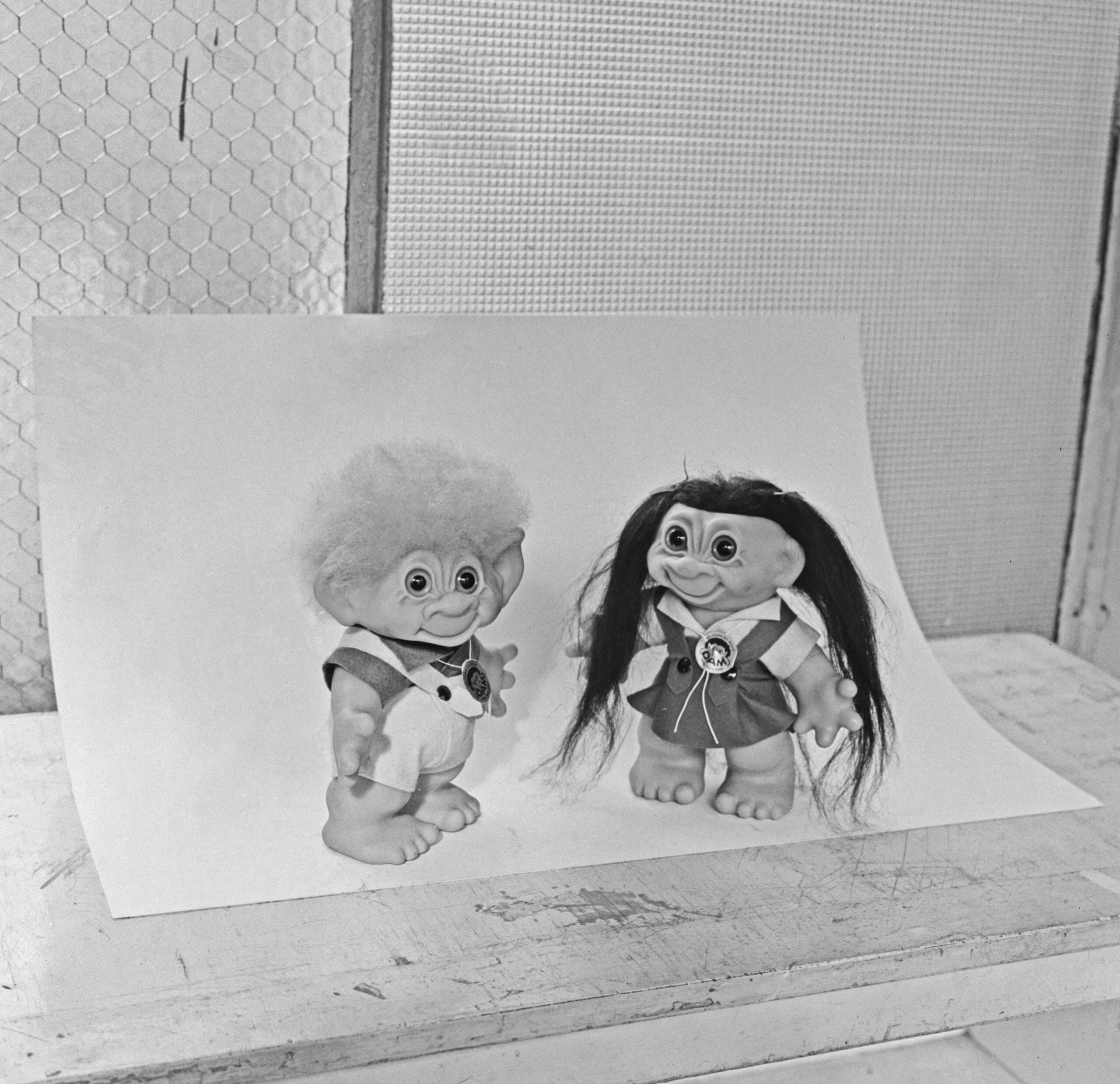
Troll dolls at Gamages, a department store in Holborn, London, UK, 6th October 1965. They are known as gonk trolls or Dam dolls, after their creator Thomas Dam. (Photo by Evening Standard/Hulton Archive/Getty Images)
- Maker: Dam
- Introduced: 1959
While troll dolls have had a bit of a resurgence in recent years with several animated movies, the original troll was designed way back in 1959 by Thomas Dam. He was a Danish woodcutter who modeled the trolls after those in old Scandinavian folklore. By the early 1960s, trolls had become one of the biggest toy fads in the country and were sold by different companies. During that time, it was fun to sit a troll on a desk or trade them with friends. They were great because almost every one of them was different and youngsters wanted to collect them all.
Thingmaker
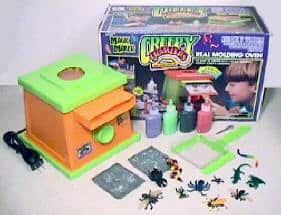
- Maker: Mattel
- Introduced: 1964
Back when baby boomers were children, there weren’t any video games, so they had to use their imagination to come up with fun things to do. Enter the Thingmaker, which was originally called Creepy Crawlers. The kit included die-cast metal molds that were in the shape of bugs. To make the bugs, the kids would pour a liquid substance into the Thingmaker, which would heat it up to 390 degrees Fahrenheit. The liquid would then form the shape of the mold, and kids could have their own pretend bugs.
While boys liked to play with bugs, the Mattel company realized that the sky was the limit to the types of molds that they could produce. As the years went by, there were molds that could create flowers, mini-dragons, fighting men, dolls, jewels, and more. Of course, the officials eventually became concerned about the extreme heat of the toy and thus began its downfall, but baby boomers remember it fondly.
Wham-O Air Blaster
- Maker: Wham-O
- Introduced: 1963
One of the toys only baby boomers remember is the air blaster from Wham-O. With it, young boomers could harness the power of the wind with the toy that shot a blast of compressed air up to 30 feet away. To create the effect, the air blaster used an internal rubber diaphragm and a cocking lever to shoot air through a funnel-shaped barrel. The toy was a bunch of fun because kids could test their skills by hitting targets far away. While it was a hot seller, like many other items on this list, officials believed that the air blaster could be dangerous, especially when shot at close range, so it was taken off of store shelves in the 1970s.
Wood-Burning Set
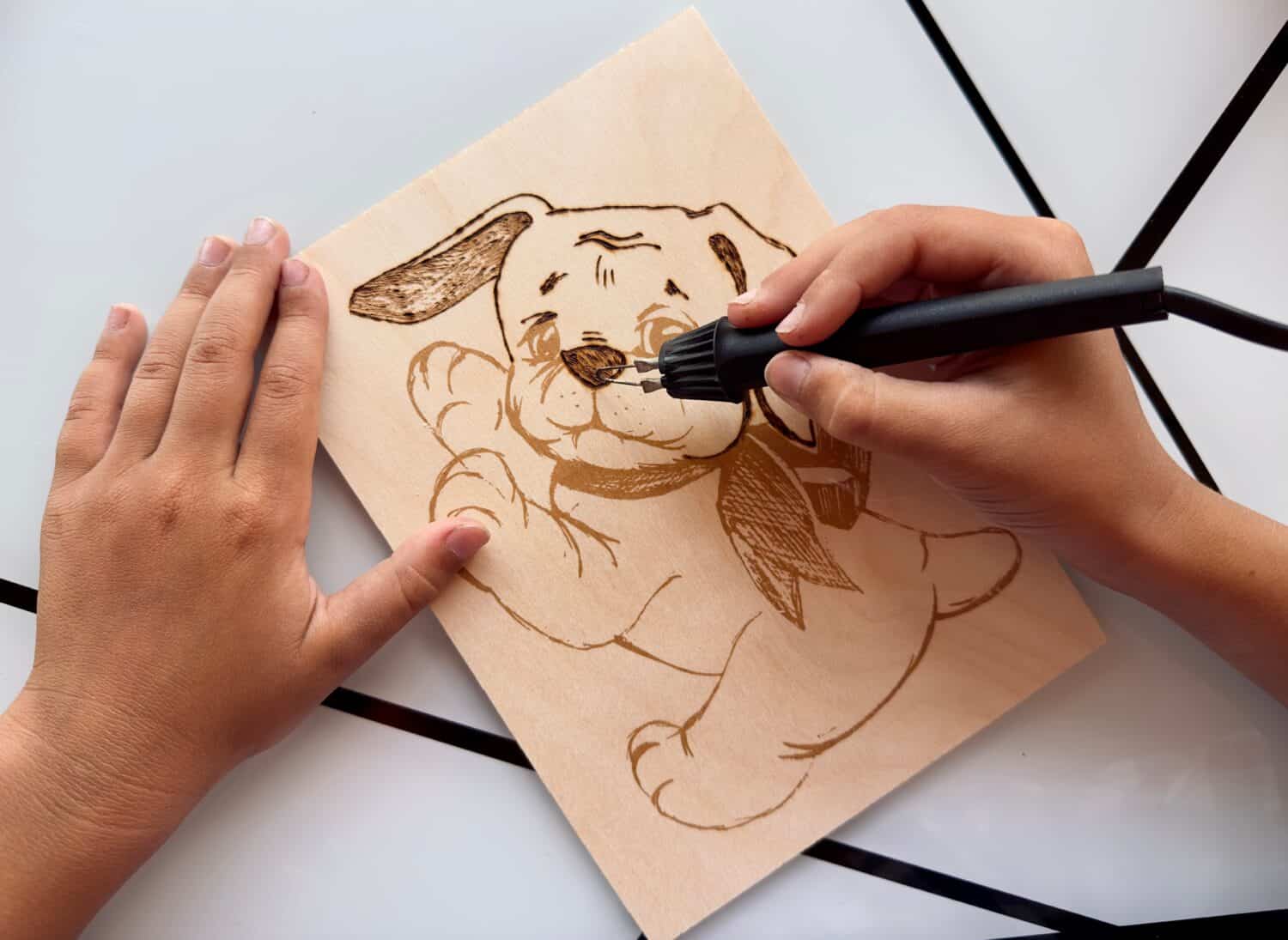
- Maker: American Toys
- Introduced: 1950s
This toy almost seems like a joke, but there were actually many wood-burning sets in production during the 1950s. This wasn’t just for kids who were closeted pyromaniacs. Instead, it was a kit that typically included an electric pen that would heat up and allow kids to burn shapes and designs into pieces of wood. Essentially, it was an art set. Kids could use the tool to make animals, action scenes, their favorite characters, and more. The toy was marketed to baby boomers aged 7-16 and up.
Original Barbie Dolls
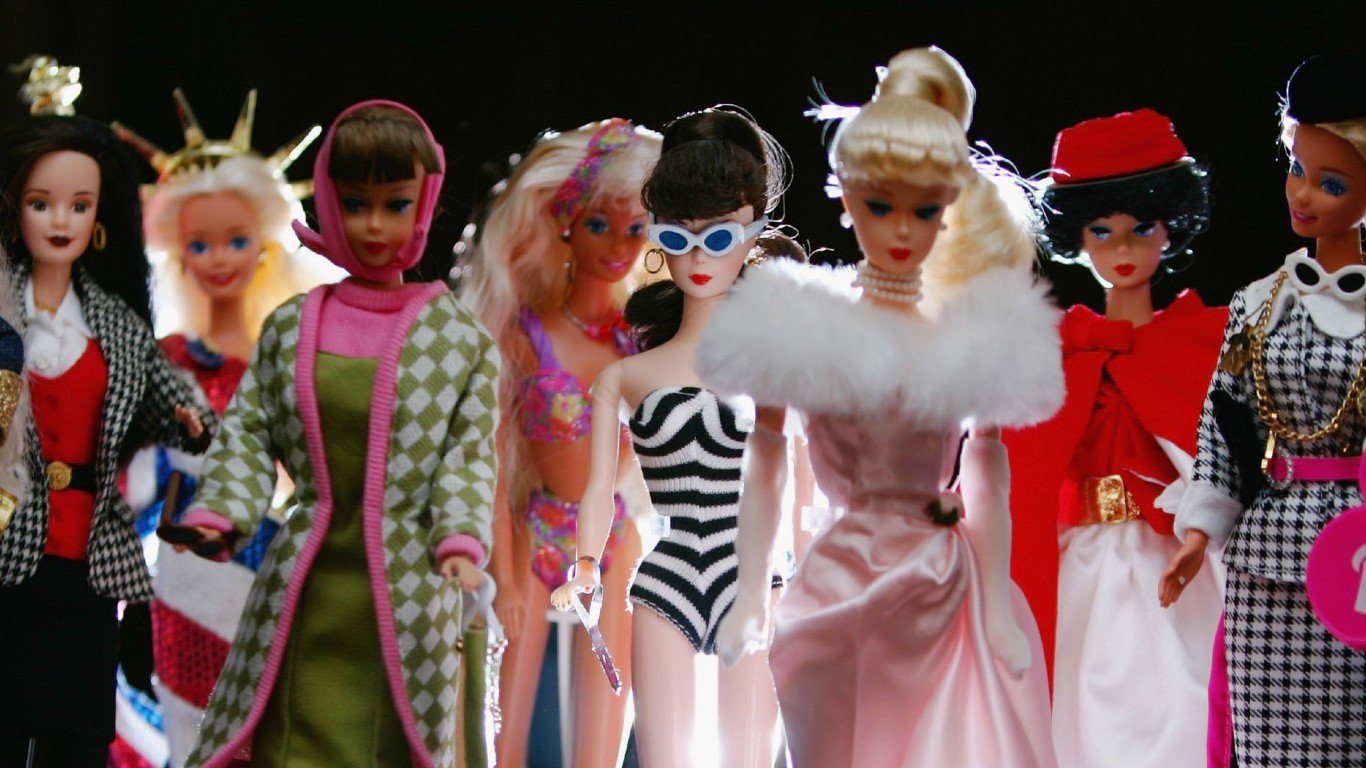
- Maker: Mattel
- Introduced: 1959
Barbie dolls really never went away, but they’ve changed by leaps and bounds when compared to how they were when they were first introduced. The toy was first created by Ruth Handler, who made paper dolls for her daughter and saw that she liked to give the dolls adult roles and jobs. Seeing the potential, Ruth told her husband about the idea, and Barbie was formally introduced in 1959.
The very first Barbie doll introduced wore a black and white zebra-colored swimsuit, and it was marketed as a “Teen-age Fashion Model.” Other than that, the doll was fairly plain. Still, Barbies were popular from the very first year. Most Barbies back then also had eyes that looked to the side instead of the forward-facing look they have these days. Barbie had a huge year in 2023, with the release of her very own movie, and so the future remains bright. Speaking of movies, if you’d like to see more of the films that were popular back in the day, check out the beloved baby boomer films that are now part of college curriculums.
URGENT – New Seats Available (sponsored)
Top financial advisors are now accepting new clients for 2024! Finding the right advisor can be the difference between retiring early, or working forever. Don’t waste a moment matching with the right advisor for you. Every moment today can mean riches tomorrow, with the right advisor by your side.
Use the advisor match tool below, or click here now, to find your financial freedom!
